Slip Disc in Back: Cause, Symptoms, Treatment, Exercise
Table of Contents
What is a Slipped Disc?
A slipped disc means your discs, which are located between two vertebrae, have slipped from their original position, mainly during lifting weights or other related activity.
Your spine is made up of a series of bones called vertebrae, which are joined together onto each other. From top to bottom, the spinal column includes seven vertebrae in the cervical spine, 12 in the thoracic spine, and five in the lumbar spine, after by the sacrum and the coccyx at the base. There a cushioned discs located between each two vertebrae called intervertebral discs. These discs help to protect the vertebrae by absorbing the shocks from thrust-like activities such as jumping, running, walking, lifting, and twisting.
These cushioned disc has two parts: a soft, gelatinous inner portion and a tough outer ring. Injury or weakness can cause the inner portion of the disc to slip through the outer ring. This is also called slipped disc, herniated, or prolapsed disc. This causes pain and discomfort. If the slipped disc compresses one of your adjoining spinal nerves, you may also feel tingling numbness and pain along the affected nerve. In severe condition, you may also recommended by your doctor for surgery to remove or repair the slipped disc.
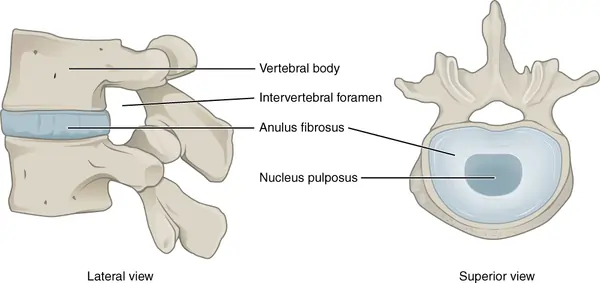
What are the causes of slip discs?
A Slip disc mostly occurs when the outer ring of the disc becomes weak or tear and inner portion of the disc is slip outside. This can occurs mostly during lifting heavy weights, fall on back or neck, twisting back or neck or certain jerky movement that affects the spine in which disc not able to absorb this thrust, may leads to slip disc mostly posteriorly. It may also age related wear and tear of Disc. if you are doing gym and lifting weight over than your capacity you have higher chance of slip disc. If you are working in which require regular heavy lifting activity, you are also in risk of slip disc.
If you are Obese also at increased risk for a slipped disc because your discs must support the extra weight. Poor physique and a inactive lifestyle may also contribute to the development of a slipped disc.
As with your age, you are more likely to have a slipped disc. This is because your discs start to lose some of their protective water content with you age. As a result, they can slip more easily during movement. They are mostly common in men as compared to women.
What are the symptoms of a slipped disc?
You can have a slip disc mostly in Lower back and neck region mostly, However it can affect any region of the spine. This mainly due to higher the movement of range, Higher the range, higher the wear and tear. Your spinal column is also protect the spinal cord from where spinal nerve travels in the whole body. A slip disc can put extra pressure on the nerves roots and related muscles.
Following are the most common symptoms of a slipped disc are:
- pain and tingling numbness, on one side of the body or it can be bilaterally
- Radiating pain that extends to your arms if neck slip disc or legs if back slip disc occurs
- pain that worsens at evening or bending of the spinal movement or with certain movements
- pain that worsens after long standing or sitting
- pain increases when you start walking distances
- in severe cases unexplained muscle weakness
- tingling, aching, or burning pain in the affected area
The types of pain and symptoms can vary from person to person.
Consult your Physiotherapist or Physician if your have pain with tingling numbness in the Back or neck.
Diagnosis of Slip Disc:
Doctor First examine you physically. Ask few question related to your pain. Doctor also perform few examination test on you about your nerve functioning and how pain is worsening and relieving. Your Doctor is also ask about your other medical history.
Following imaging tests can also help doctor.
- X-rays
- MRI scans
- CT scans
- discograms
All these combination helps to diagnosis of the slip disc.
Treatment of slip disc:
slip disc treatment is mostly depends upon symptom, area involved, and what level of nerve root compressed?, mostly conservative medical treatment with physiotherapy treatment is the best initial treatment of choice.
Doctor also prescribed you Pain relieving medicine mainly NSAIDs to relieve symptomatic pain relief. They also suggest you start Physiotherapy treatment.
Physiotherapy treatment for Slip disc:
Physiotherapy treatment is mainly symptomatic pain relieving electrotherapy modalities such as IFT(Interferential therapy), TENS, Ultrasound therapy, Lumbar or Cervical traction.
Back exercise or neck exercise depends upon level of exercise.
Physiotherapist suggest you best exercise depends upon your symptoms and area involved.
Surgical treatment:
In some cases, the your surgeon perform an open discectomy in which doctors removes only the slip portion of the disk. (Protruding disc)
The surgeon will usually perform open discectomy using a laparoscopic technique, where opening a small hole in either the front or back of your spine.
In this technique where not requires to cut laminae (small portions of the vertebrae) or to move the spinal nerves and spinal cord to access the disk.
Artificial disk replacement
In this technique Surgeons have carried out disk replacement surgery since the 1980s in Europe but This are not yet available in the US.
There are mainly two types.
- total disk replacement where complete replacement of the disc with artificial disc.
- disk nucleus replacement in which replacing only the soft center of the disk, known as the nucleus.
Laminectomy
Laminectomy is a surgical procedure in which a surgeon removes part of vertebrae called lamina. This helps relieve pressure on the spinal cord or the nerve roots that may be caused by injury, herniated disk, narrowing of the spinal canal, or tumors.
Artificial disks are made of metal, biopolymer, or both. A biopolymer material is a similar to plastic.
What are the complications of a slip disc?
severely damaged slip disc if untreated or wrongly diagnosed and treated, which can lead to partially or completely damage to the nerve which also called cauda equina syndrome or related conditions which is affected your legs or may be hand if affected your neck.
Saddle anesthesia is another complication in which when nerve compress, causes you to reduce sensation in your inner thighs area, the back of your legs, and around your rectum.
Is it possible to avoid a slip disc?
It may not be possible to avoid a slipped disc, Few ergonomics help to reduce your risk of slip disc. These are:
Use safe proper lifting techniques such as Bend and lift from your knees, not from your waist.
Maintain a healthy weight and fitness level.
Avoid long sitting position – get up and stretch in between.
Do regular exercises to strengthen and stretch the muscles in your back, legs, and abdomen.

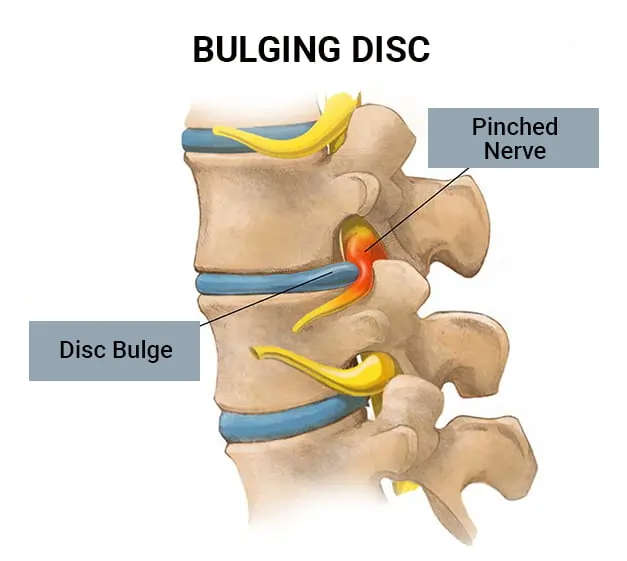
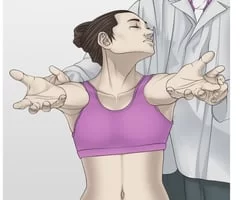
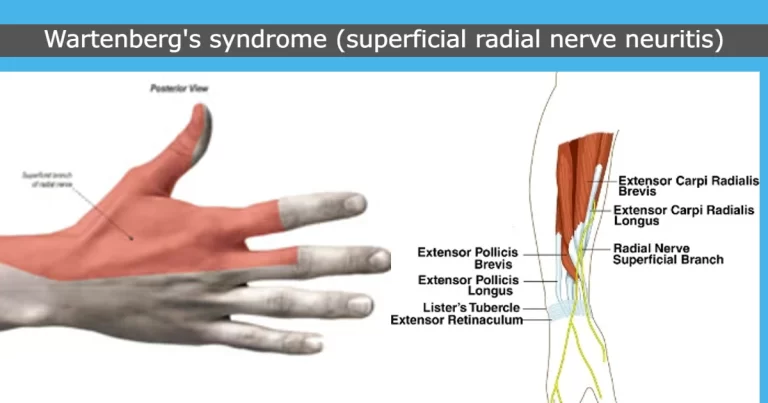
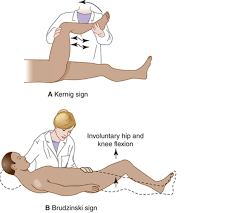
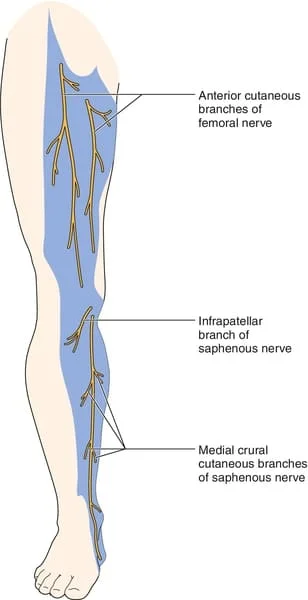

4 Comments